"Guangqi Honda and Dongfeng Honda restructure, Honda's layout in China undergoes major adjustments!"
![]() 09/25 2024
09/25 2024
![]() 477
477
As one of the successful joint venture projects in China's automotive industry, the Guangqi Honda project initially established two separate companies: Guangqi Honda for vehicle manufacturing and Dongfeng Honda for engine production. This unique model remains the only one of its kind in the joint venture automotive sector and bears the mark of an era.
It is reported that Guangqi Honda, Dongfeng Honda, and Honda have clarified the direction for their future joint venture cooperation, one of which is to fully integrate Dongfeng Honda Engine Company, located adjacent to Guangqi Honda's Huangpu factory, into Guangqi Honda.
Dongfeng Honda Engine Company has been a sore spot for Guangqi Group, but now that the wound is finally healing, it faces an already overcapacity issue in the field of gasoline-powered vehicles.
From downsizing to shutting down production lines, Honda's presence in China's automotive market may undergo even greater changes.
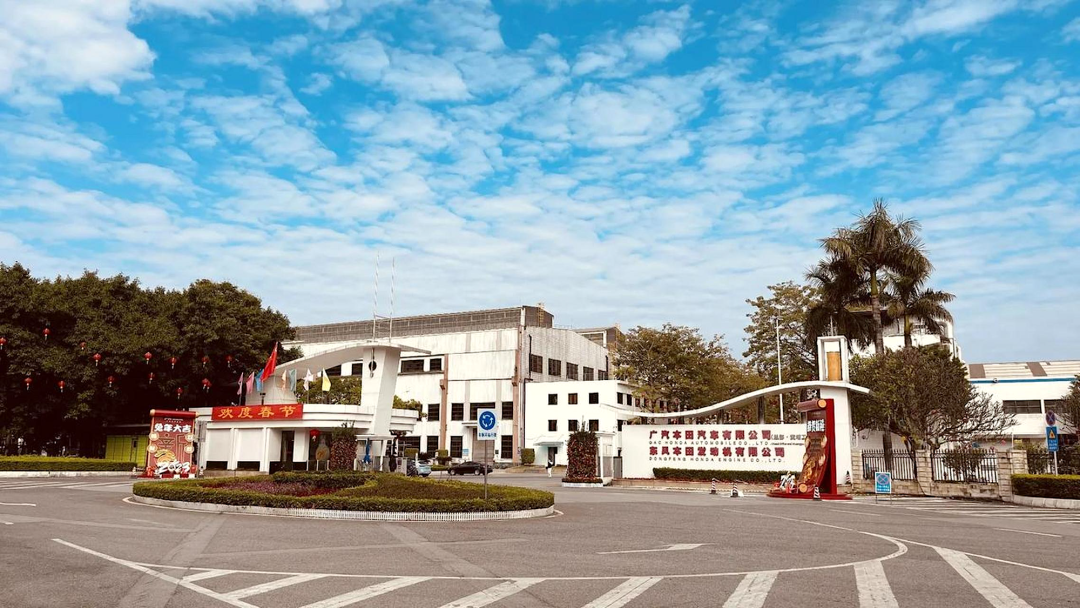
From the official signing of the Guangqi Honda project to the domestic launch of the Accord, and then to Dongfeng Honda's popular CR-V, Honda's influence in the Chinese market has gradually expanded, leading the development of the joint venture automotive sector in China for a long time.
However, when Honda retreated from the global market and Guangqi Honda and Dongfeng Honda experienced consecutive years of declining sales, we suddenly realized that Honda's global sales volume lags far behind that of Hyundai Motor from South Korea and is comparable to BYD.
In the fiercely competitive Chinese market, with the rise of domestic automakers, Guangqi Group and Dongfeng Motor should perhaps not have overly high expectations of Honda.
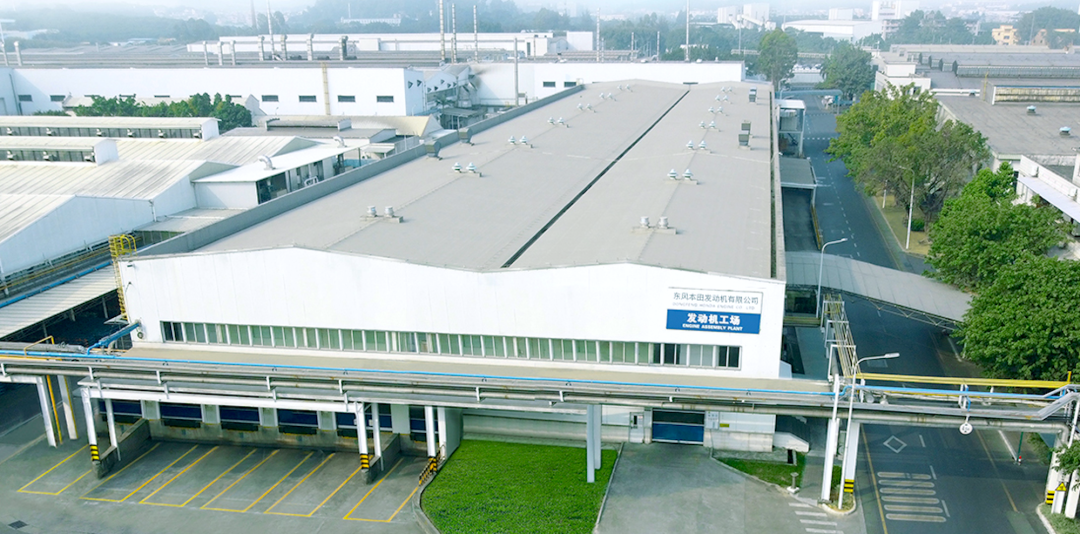
While struggling in the Chinese market, Honda has unexpectedly experienced rapid growth in its global performance, with Japan and North America as its main growth drivers. The Chinese market has begun to lag behind.
North America is Honda's most critical and indispensable market. While stabilizing gasoline-powered vehicle sales, Honda leverages General Motors' Ultium battery platform to develop electric vehicles and has jointly developed hydrogen fuel cell platforms and vehicles with GM. New vehicle assembly plants and battery factories have also commenced construction.
Recently, Honda announced its intention to explore potential cooperation with Nissan in the fields of electrification and intelligence, including joint research and development and procurement, to jointly address the challenges posed by new energy vehicles. These two Japanese automakers, long overshadowed by Toyota, are finally set to collaborate.
Dongfeng Motor, which has joint ventures with both Nissan and Honda, will benefit from this collaboration as these two joint ventures are significant profit sources for Dongfeng Motor.

The electric vehicles jointly developed by Honda and General Motors are destined not to enter the Chinese market. With its gasoline-powered models and electric technology reserves depleted, Honda cannot independently support further growth in the Chinese market.
To maintain a dignified presence in the Chinese market, Honda may need to concentrate resources on a few key models, maintaining a small but exquisite footprint. If Honda wishes to expand further, the Chinese market and local resources from its joint ventures offer its only hope.
As the world's largest market in terms of production and sales, Honda, which has been deeply entrenched in China for many years, is undoubtedly reluctant to abandon it. It has already taken action!
Leveraging Dongfeng Motor's electric vehicle platform, Dongfeng Honda has launched Lingxi, the world's first exclusive brand for joint venture autonomous electric vehicles. The first model, the Lingxi L pure electric sedan, will soon be launched.
The launch of the Lingxi brand has put Guangqi Honda, which is already facing market difficulties, in an awkward position.
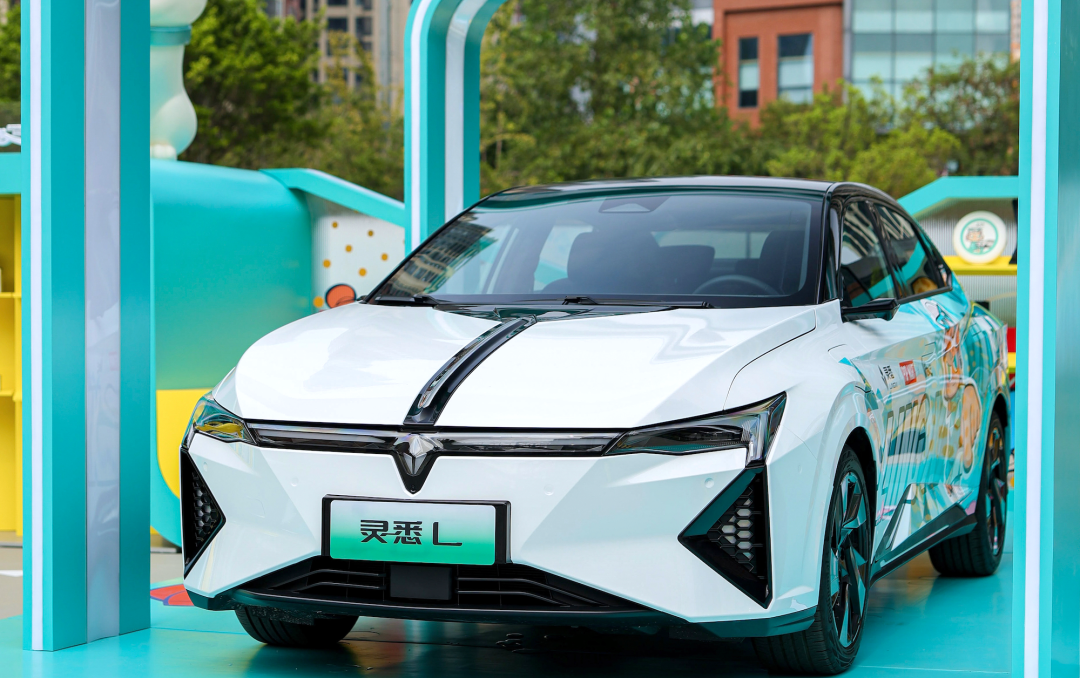
In terms of electric vehicle technology and market operations, Guangqi Group, with its Aion and Trumpchi new energy brands, has undoubtedly developed better than Dongfeng Motor. The two companies have also jointly established the first joint venture autonomous brand, Idea.
Even Guangqi Toyota has decided to introduce Guangqi Group's electric technology to tap into China's new energy vehicle market, while Guangqi Honda remains inactive. Cooperation between the joint venture partners is limited to the Yile EA6 pure electric sedan bearing the Guangqi logo.
For Guangqi Group, Guangqi Honda serves as the cornerstone of its development, playing a role far beyond simply contributing sales and profits. Honda, however, has more options and may choose to maintain the status quo or perhaps retain only one joint venture company, a decision that aligns with its global interests.
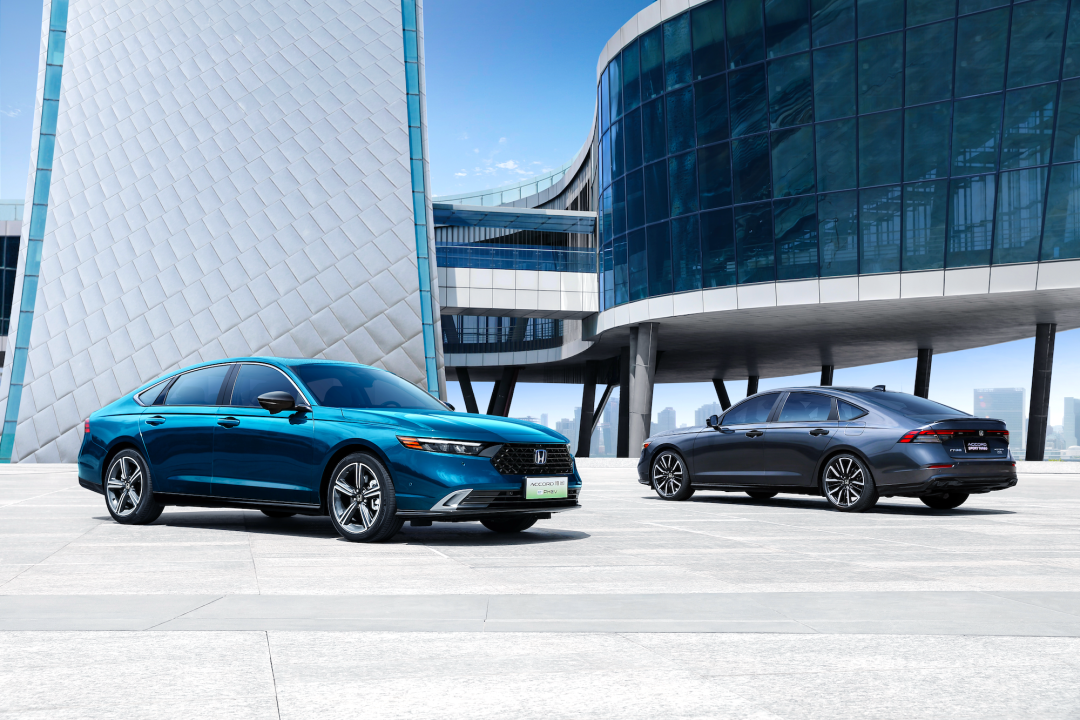
Amidst the overall limited growth in gasoline-powered vehicle sales leading to severe overcapacity, both Guangqi Honda and Dongfeng Honda have established dedicated new energy vehicle factories that will officially commence production in 2024. However, Honda lacks the resources and capabilities to ensure the smooth operation of these two factories.
Measures such as shutting down some production lines, transitioning from double-shift to single-shift production, and further optimizing personnel will be the main themes for these two companies in 2024.
Honda has expanded its automotive export business for its joint ventures, with the Odyssey being exported back to Japan and the CR-V entering the European market. However, these efforts are merely a drop in the ocean given the severe overcapacity issue. Both Guangqi Group and Dongfeng Group must prepare psychologically for Honda's potential withdrawal and strive to avoid a similar fate themselves.
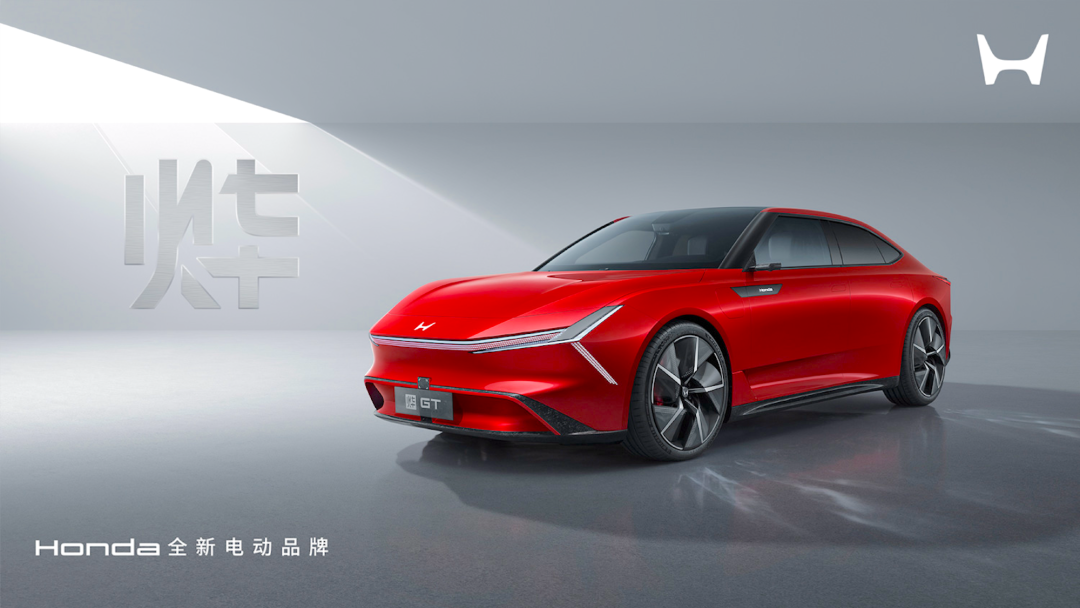
A tripartite consortium comprising Dongfeng, Nissan, and Honda, alongside a Guangqi Honda led by Guangqi Group, may be viable efforts that Honda should consider before contemplating withdrawing from mainstream competition in the Chinese market.
Furthermore, with the full lifting of equity restrictions in the automotive industry, leveraging the excess capacity of these two joint ventures to reestablish Honda's export base is another option for Honda to disentangle itself from the Chinese market.
By leveraging the unparalleled automotive component supply chain and vehicle manufacturing capabilities in the global market, Honda can explore the global market without sacrificing profits and brand influence in the fiercely competitive Chinese market. This represents one of Honda's limited options in the Chinese market.
For Honda, the Chinese market remains crucial. It once led the development of multinational automakers in the Chinese market. Standing at the cusp of market transformation, we hope to witness Honda's courage once again.







